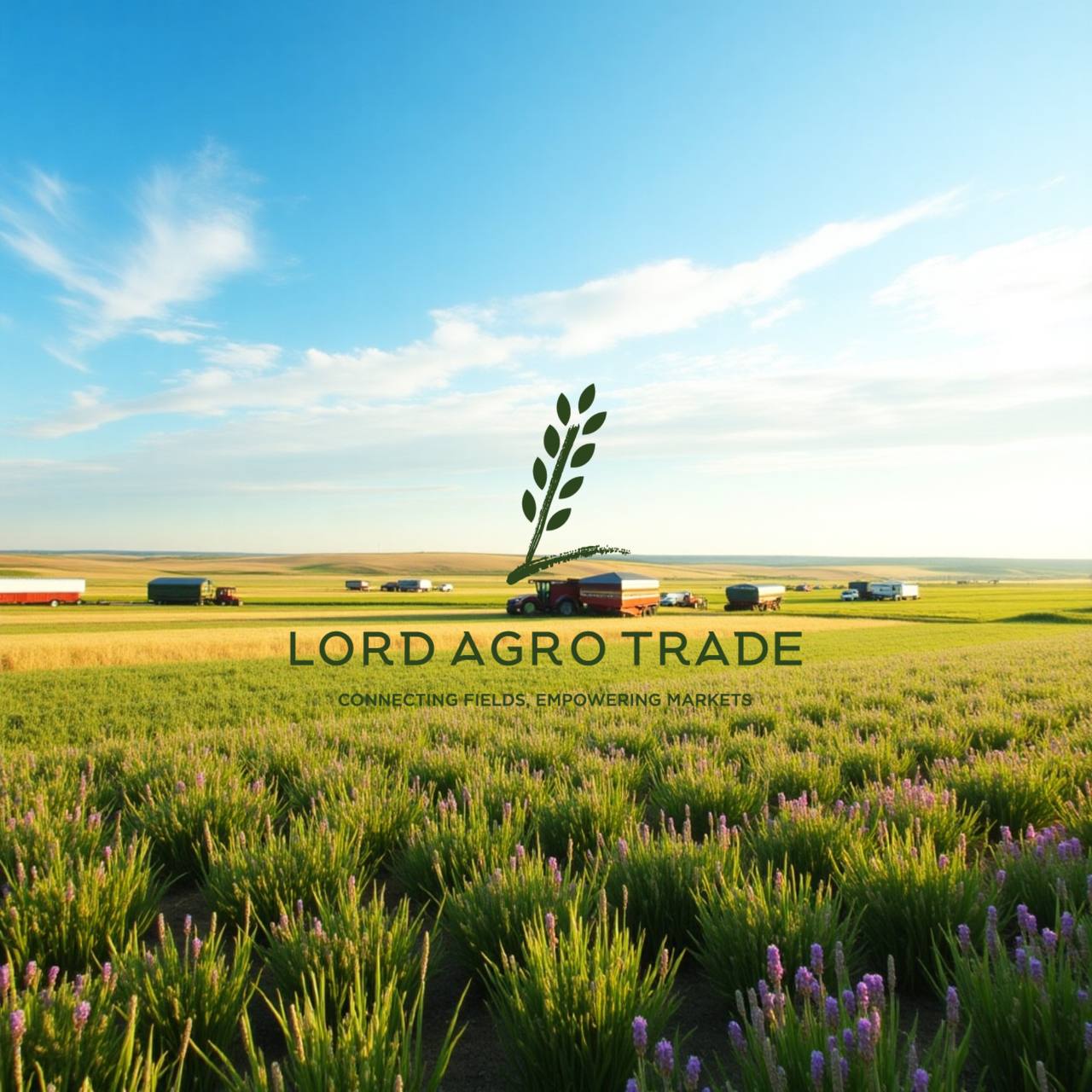Gulfood
17 To 21 FEB 2025 | DUBAI WORLD TRADE CENTRE
We’re excited to see you at Gulfood 2025!
Gulfood
17 To 21 FEB 2025 | DUBAI WORLD TRADE CENTRE
We’re excited to see you at Gulfood 2025!


The latest update from Statistics Canada (STC), based on their November Farm Survey, shows that production of major field crops is up compared to last year and higher than the five-year average.
Exports of these crops are expected to grow by 5%, but end-of-year, carry-out stocks are projected to drop by 3%. This is because lower stocks of grains and oilseeds will outweigh the increase in pulses and special crops stocks.
Farmers’ planting decisions this spring will be influenced by factors like crop rotation, moisture levels, expected prices, and the cost and availability of inputs. Based on current trends:
Assuming typical growing conditions and average yields, overall crop production is expected to dip slightly from the previous year, and exports are also predicted to fall slightly.

Canada’s lentil exports from August to November 2024 reached 0.8 million tonnes (Mt), a 14% increase compared to the same period last year. India remains the top buyer, importing 0.35 Mt so far. Other key markets include Turkey and the United Arab Emirates. Overall, Canadian lentil exports for the 2024-25 season are expected to jump significantly to 2.1 Mt.
The total lentil supply in Canada is higher than last year, because of increased production. Even with higher exports, the larger supply is expected to lead to much higher carry-out stocks by the end of 2024-25.
Lentil prices, on average, are projected to experience a decrease compared to last year. Prices for all types of lentils, especially green ones, have come down, but the quality of this year’s crop is above average. This has reduced the price gap between higher and lower grades. No.1(#1, #2) large green lentils are forecast to sell at a range of about $1,260/Mt to $1,310/Mt; And the No. 1 red lentils, will be about $860/t to $875.

Looking ahead, Canada’s lentil seeded area is expected to increase slightly, but production may dip slightly to 2.4 Mt. With higher carry-in stocks from the previous season, the total supply is projected to grow by 0.1 Mt, reaching 2.8 Mt.
Exports are expected to rise to 2.2 Mt, supported by the larger supply. Carry-out stocks are also forecast to increase. Assuming a similar crop quality and pricing structure as this year, overall lentil prices are expected to decline in 2025-26.
These are various economic, political, and social factors analyze the lentil market in UAE, India, and Turkey up to the end of 2025, and thereby affect its production, export, and demand perspectives.
It is expected that the economic challenge in India could include inflation, a weakening of the Rupee, and probably a restriction on trade, further depressing domestic buying power and thereby cutting demand for imports, despite being one of the biggest importers of lentils. India will remain a major lentil importer, mainly from Canada; however, imports might fluctuate with changes in tariff or exchange rates. A stable economy with higher per capita incomes and a very cosmopolitan population will maintain the UAE’s demand at high levels for lentils. Favourable external trade environment and pegged currency continue importing at stable prices. High inflation and volatility in the currency will lower demand in Turkey, though its low domestic production means that imports will still be required. On the whole, India will remain the largest importer, the UAE market will be stable, and it will be challenging for Turkey to balance demand with economic instability.
PDF: Lentils Market Review Report No.07, 2025 January (2)